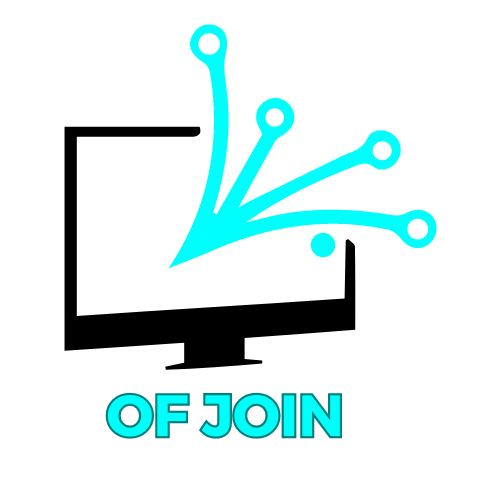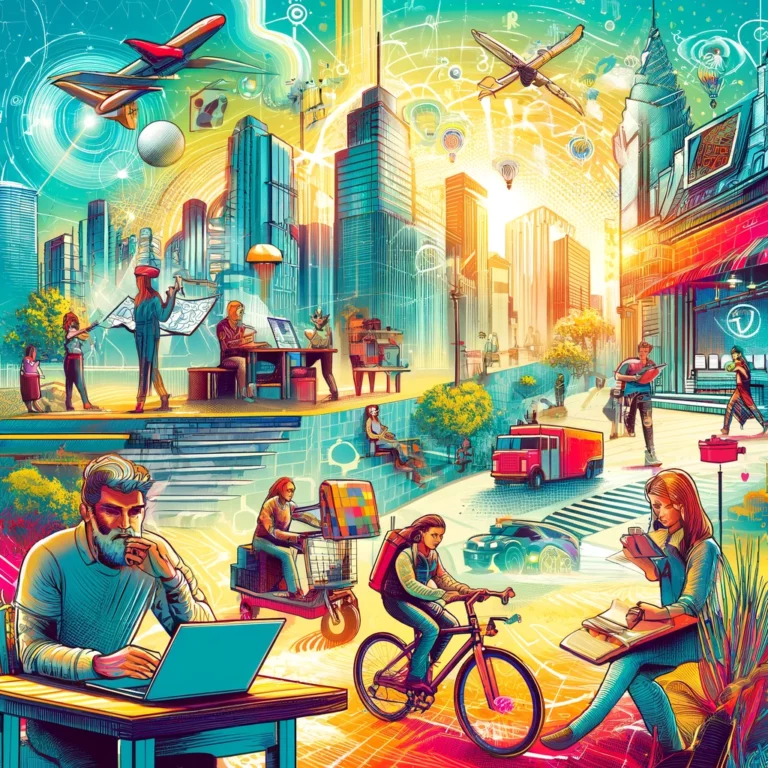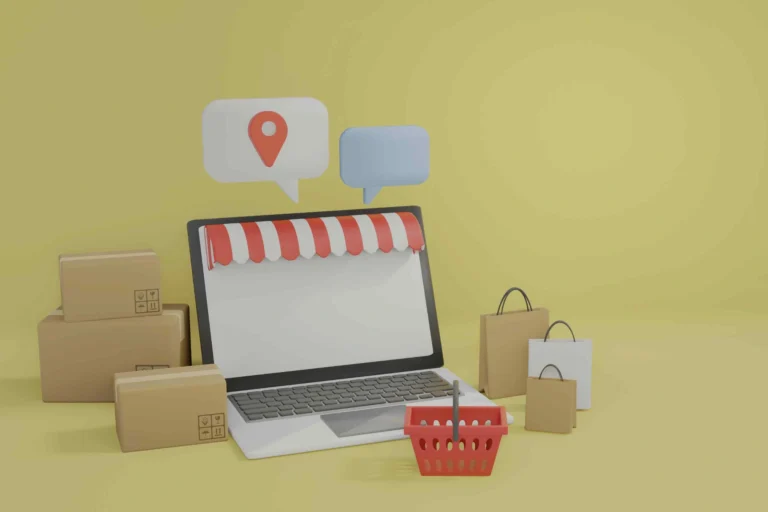Tech Minimalism: Why Less Software Might Be the Future
In a world obsessed with apps, alerts, and automation, technology is beginning to feel less like a tool and more like a tidal wave. From project management dashboards to messaging platforms, every new piece of software promises to make life easier—but often ends up adding clutter instead. Many businesses and individuals are now facing a growing realization: we’ve reached peak software.
Enter tech minimalism, a movement built around the idea that less is more. It’s not about rejecting technology—it’s about using it intentionally. By simplifying digital tools, businesses can reduce distractions, improve productivity, and focus on what truly matters. As software fatigue sets in across industries, tech minimalism is emerging as the next big shift in how we work, communicate, and live.
1. The Problem with Too Much Tech
In the race for digital efficiency, companies have adopted tool after tool: CRMs, task managers, analytics dashboards, chat apps, file-sharing systems, and more. The result? A fragmented digital environment where employees spend more time managing technology than actually using it.
According to a 2024 study by Slack’s Future Forum, the average employee toggles between 12 different apps per day—costing nearly four hours a week in lost productivity. Notifications, updates, and integrations intended to streamline work often create confusion and fatigue instead.
This overload isn’t just a business problem—it’s personal. Individuals face the same chaos with constant pings from social media, finance apps, smart devices, and online subscriptions. Digital convenience has turned into digital clutter.
2. Defining Tech Minimalism
Tech minimalism is the conscious effort to use fewer, simpler, and more meaningful technologies. It’s about curating your digital ecosystem—choosing tools that genuinely serve a purpose and eliminating those that don’t.
At its core, tech minimalism isn’t anti-technology. It’s about designing a healthier relationship with it. Just as minimalism in lifestyle focuses on owning fewer possessions to reduce stress and increase clarity, tech minimalism aims to declutter the digital space to enhance focus, efficiency, and well-being.
For businesses, that means auditing software usage, consolidating platforms, and training teams to use fewer tools better. For individuals, it means turning off unnecessary notifications, unsubscribing from unused services, and limiting screen time.
3. The Benefits of a Lean Tech Stack
1. Clarity and Focus:
With fewer platforms to manage, teams spend less time switching contexts and more time focusing on high-impact work. Meetings and communication become more intentional instead of reactive.
2. Cost Efficiency:
A smaller tech stack means fewer subscriptions, reduced training costs, and lower maintenance. Many companies are discovering they can save thousands annually by consolidating overlapping tools.
3. Security and Simplicity:
Each software product introduces potential security vulnerabilities. Using fewer systems reduces risk and simplifies compliance management, particularly for small businesses without dedicated IT teams.
4. Better Employee Well-Being:
Tech fatigue is real. Notifications, alerts, and platform hopping contribute to burnout. By minimizing digital clutter, employees regain mental space and reduce the feeling of being “always on.”
4. Real-World Examples of Tech Simplification
Some companies have already embraced tech minimalism and seen transformative results.
A mid-sized marketing agency in Austin reduced its software suite from 20 platforms to just six—integrating project management, communication, and analytics into a single system. The result? A 25% increase in productivity and a happier, less overwhelmed staff.
Meanwhile, freelancers and entrepreneurs are adopting “one-tool workflows.” Instead of juggling five different apps for scheduling, invoicing, and file sharing, they’re turning to all-in-one platforms that consolidate these functions.
Even big tech companies are taking note. Google, Apple, and Microsoft have been streamlining their ecosystems, merging overlapping apps and integrating AI features that make their core products more efficient without adding complexity.
5. The Role of AI in Tech Minimalism
Ironically, artificial intelligence is helping make tech minimalism possible. AI integration allows fewer apps to do more, eliminating the need for separate platforms.
For example, one AI-enabled productivity tool can now handle scheduling, summarizing meetings, drafting emails, and generating reports—all from one dashboard. Instead of expanding software stacks, businesses are beginning to consolidate around smarter, multifunctional solutions.
As AI becomes more intuitive, the need for multiple niche tools will continue to shrink.
6. How to Embrace Tech Minimalism
Transitioning to a minimalist tech setup doesn’t mean deleting everything overnight. It starts with awareness and intentionality:
- Audit your tools: List every app or platform you use and identify redundancies.
- Simplify workflows: Ask whether each tool adds measurable value or just complexity.
- Set digital boundaries: Turn off non-essential notifications and designate tech-free times.
- Focus on quality over quantity: Choose software that integrates well and aligns with your goals.
The world’s obsession with “more tech” is giving way to a smarter, leaner mindset. Tech minimalism isn’t about rejecting innovation—it’s about refining it. It reminds us that technology should serve people, not the other way around.
As businesses streamline and individuals reclaim their focus, the future won’t belong to those who use more technology—it will belong to those who use the right technology, with purpose and clarity.







